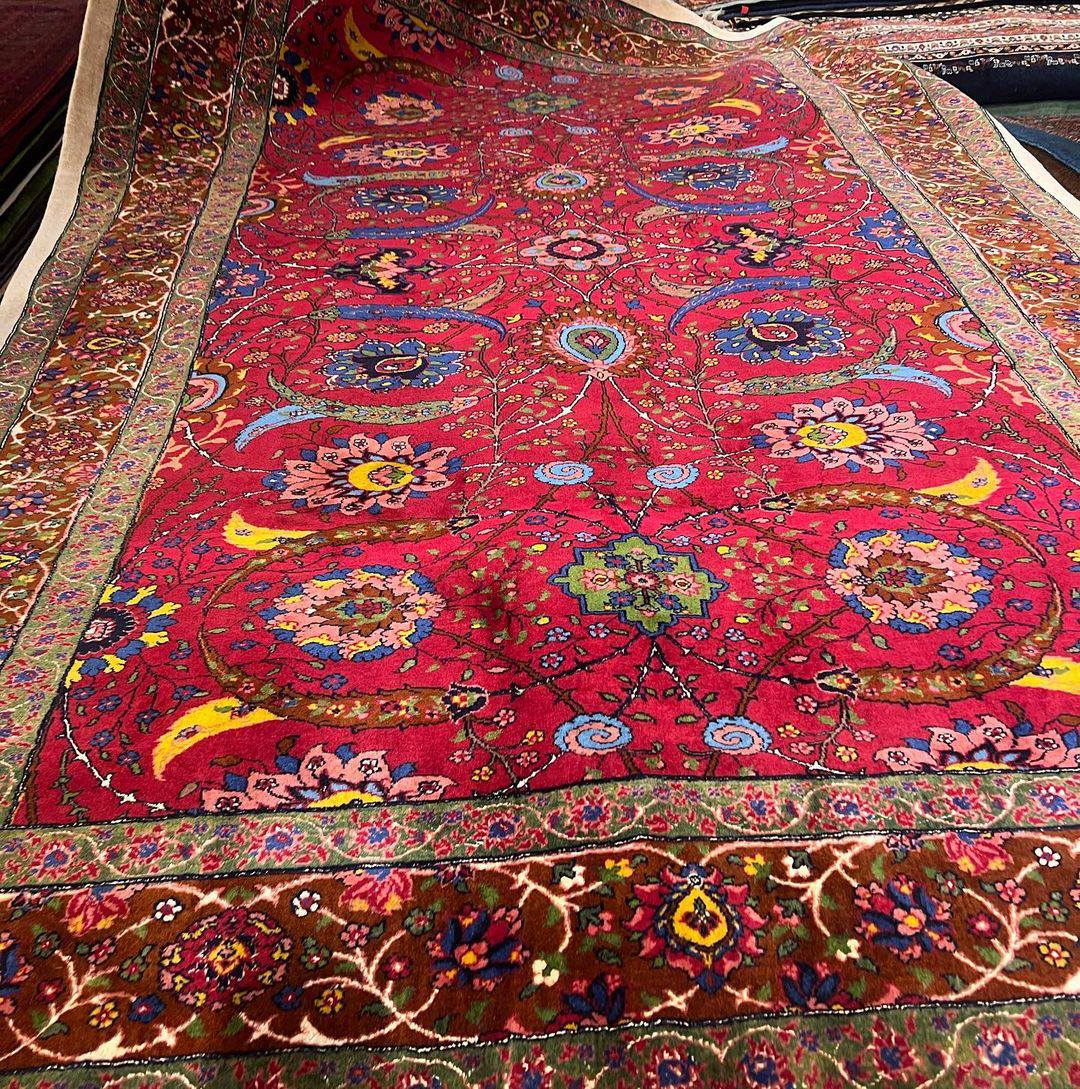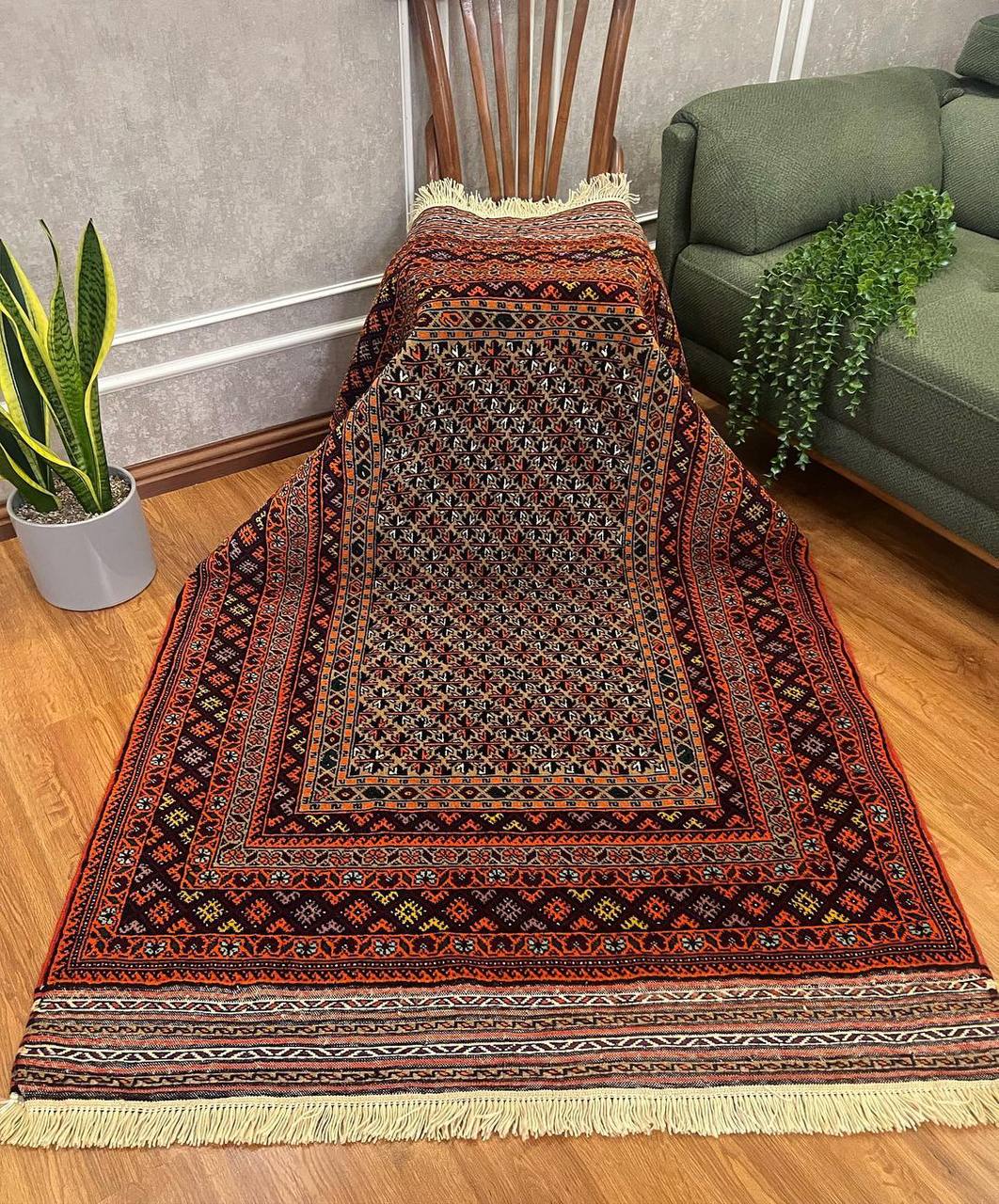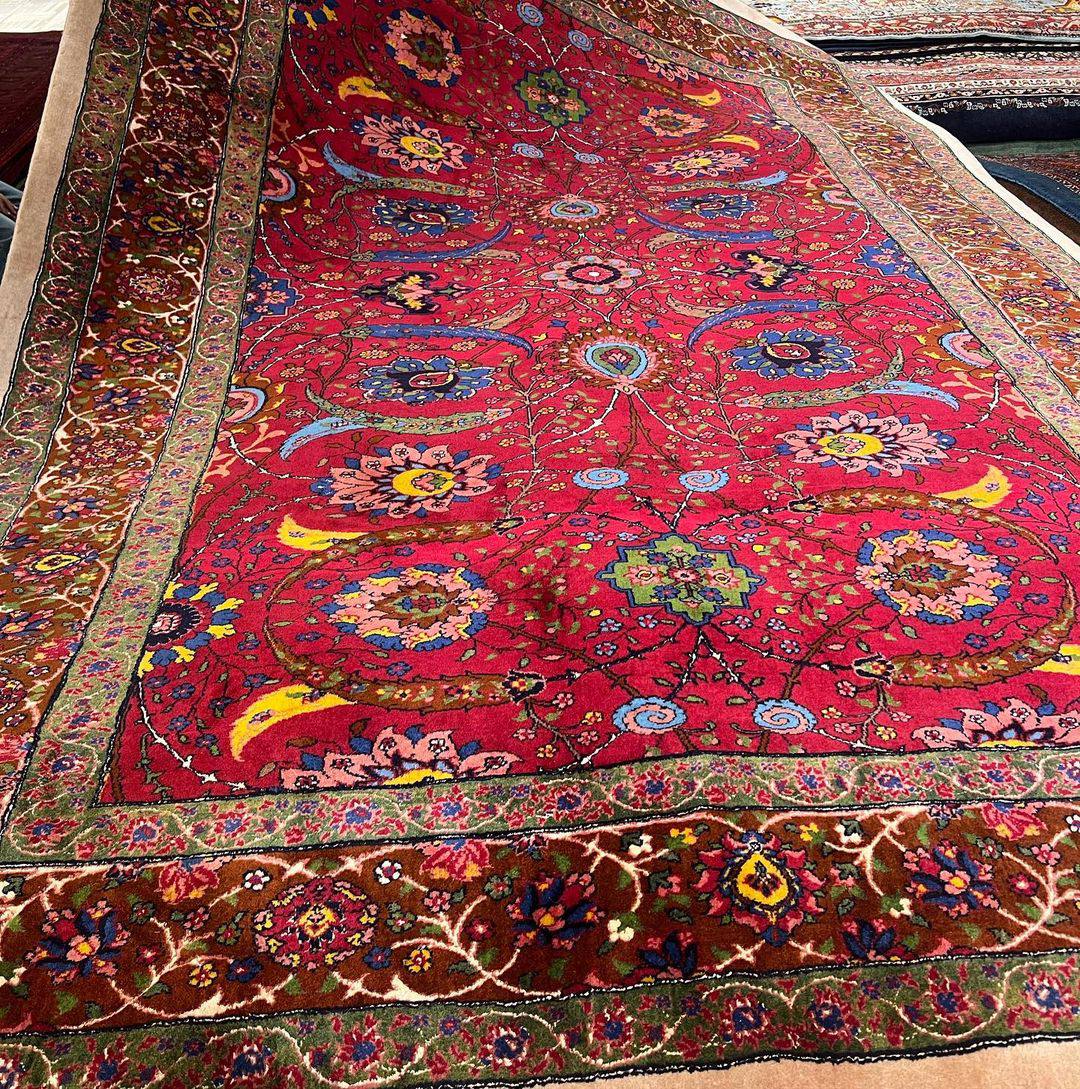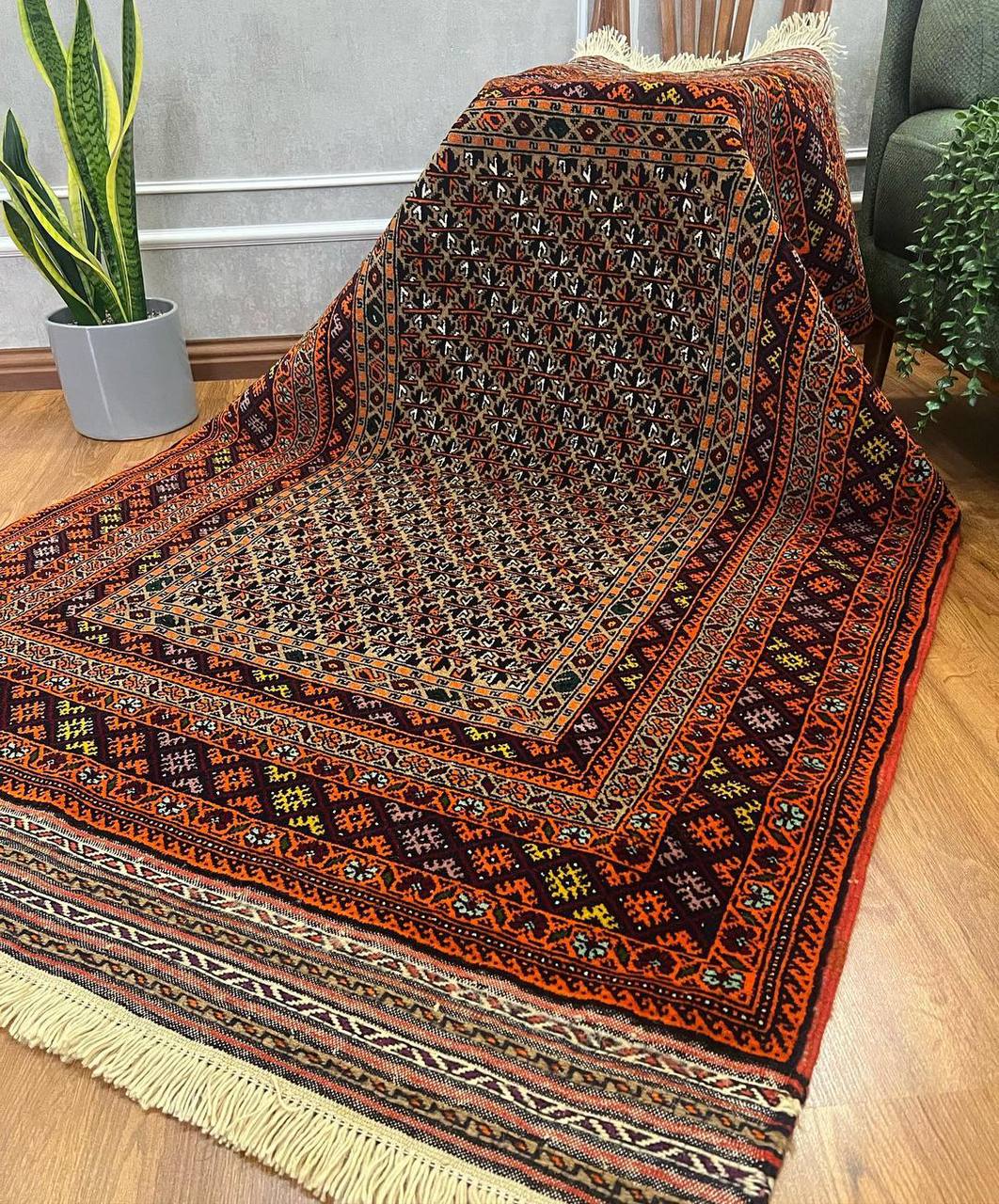How do I know what kind of Persian rug I have?
Identifying the type of Persian rug you have can be a rewarding endeavor, allowing you to appreciate its craftsmanship and cultural significance. Here are steps to help you determine the kind of Persian rug you own: What type of Persian rug is the most valuable? How do I know what kind of Persian rug I have Iranian handicrafts persian carpet .
1. Examine the Design and Motifs:
- Start by closely examining the rug\’s design and motifs. Persian rugs are known for their intricate patterns, which often include floral motifs, geometric shapes, medallions, and borders. Take note of any distinctive elements that stand out.
2. Check for a Signature or Label:
- Some Persian rugs, particularly those made by renowned weavers or workshops, may have a signature or label woven into the rug. Look for a signature in the corner or on the border, as it may provide valuable information about the rug\’s origin. What type of Persian rug is the most valuable? How do I know what kind of Persian rug I have Iranian handicrafts silk carpet
3. Measure the Knot Density:
- Measure the number of knots per square inch (knot density) on your rug. A higher knot density often indicates finer craftsmanship and may help narrow down the possible regions or styles.
4. Inspect the Materials and Quality:
- Examine the materials used in the rug. Determine whether it is made primarily of wool, silk, or a combination of both. Higher-quality materials and craftsmanship may indicate a finer Persian rug.

5. Identify Regional Characteristics:
- Different regions of Iran have distinct weaving traditions and styles. Research the characteristics associated with specific regions, such as Tabriz, Isfahan, Kashan, Nain, Kerman, and Shiraz, to identify regional design elements. What type of Persian rug is the most valuable? How do I know what kind of Persian rug I have Iranian handicrafts pictorial carpet
6. Consult Experts or Appraisers:
- If you are unsure about the rug\’s origin or value, consider consulting experts or professional rug appraisers. They can provide detailed information about your rug\’s origin, age, and value.
7. Look for Documentation:
- Check if you have any documentation or certificates of authenticity that came with the rug at the time of purchase. These documents may provide information about the rug\’s origin and history.
8. Seek Online Resources:
- There are online resources, books, and websites dedicated to Persian rugs and their identification. These resources can provide information about different rug styles, regions, and design elements. What type of Persian rug is the most valuable? How do I know what kind of Persian rug I have Iranian silk rug .
9. Visit Rug Dealers and Auction Houses:
- Visit reputable rug dealers or auction houses that specialize in Persian rugs. They often have experienced staff who can help identify and appraise your rug.
10. Consider a Rug Identification Service:
Some organizations and rug identification services offer assistance in identifying and appraising Persian rugs. These services can be valuable if you have a valuable or antique rug.
Remember that identifying a Persian rug\’s specific origin and style can sometimes be challenging, as there are numerous variations and styles within each region. However, by combining these steps and seeking expert guidance when needed, you can gain a better understanding of the kind of Persian rug you own and its cultural and artistic significance. What type of Persian rug is the most valuable? How do I know what kind of Persian rug I have Iranian Handicrafts

Remember that identifying a Persian rug\’s specific origin and style can sometimes be challenging, as there are numerous variations and styles within each region. However, by combining these steps and seeking expert guidance when needed, you can gain a better understanding of the kind of Persian rug you own and its cultural and artistic significance.

What type of Persian rug is the most valuable?
The value of a Persian rug is influenced by several factors, and the most valuable type of Persian rug can vary depending on specific characteristics and market demand. Here are some factors that can contribute to the value of a Persian rug: What type of Persian rug is the most valuable? How do I know what kind of Persian rug I have Iranian handicrafts
Click to buy a silk carpet combining machine and handwork machine rugs .
- Materials:
- Persian rugs made from high-quality materials, such as fine silk or handspun, top-grade wool, are often more valuable. Silk rugs, in particular, are highly prized for their luxurious texture and intricate designs.
- Knot Density:
- A higher knot density, measured in knots per square inch, generally indicates finer craftsmanship and intricate details. Rugs with a higher knot count are often considered more valuable.
- Design Complexity:
- Persian rugs with intricate, detailed, and complex designs tend to be more valuable. These designs may include floral motifs, medallions, and intricate borders. Rugs with pictorial scenes or historical themes can also command higher prices. Saffron
- Regional Origin:
- Some regions of Iran are known for producing more valuable rugs due to their unique designs and historical significance. For example, Isfahan, Tabriz, and Qom rugs are often highly valued for their artistic merit. What type of Persian rug is the most valuable? How do I know what kind of Persian rug I have Iranian handicrafts
- Age and Condition:
- Antique Persian rugs, especially those in excellent condition, are highly sought after by collectors and can be very valuable. Age can add historical significance to a rug.
- Rare and Unique Features:
- Persian rugs with rare or unique features, such as natural dye colors, ancient weaving techniques, or distinctive patterns, can command premium prices.
- Size:
- Larger Persian rugs are generally more valuable than smaller ones due to the amount of materials and labor required to create them. However, exceptionally large rugs can be more challenging to find and may be considered rare and valuable.
- Provenance:
- Rugs with a documented and prestigious provenance, such as those owned by famous individuals or displayed in renowned exhibitions, can be more valuable due to their historical significance.
- Market Demand:
- Market trends and demand can significantly impact the value of Persian rugs. Rugs that align with current design and decorating trends may be in higher demand and, therefore, more valuable.
- Cultural Significance:
- Rugs associated with historical events, significant cultural moments, or tribal traditions can hold a unique cultural and historical value. What type of Persian rug is the most valuable? How do I know what kind of Persian rug I have Iranian handicrafts

It’s important to note that the \”most valuable\” Persian rug can vary from one context to another. The value of a rug is ultimately determined by factors such as rarity, craftsmanship, aesthetics, and the preferences of potential buyers. Additionally, market conditions can fluctuate over time, influencing the perceived value of Persian rugs. If you have a Persian rug and are interested in its value, it\’s advisable to consult with a professional rug appraiser or seek the expertise of a reputable rug dealer or auction house to obtain an accurate appraisal.
